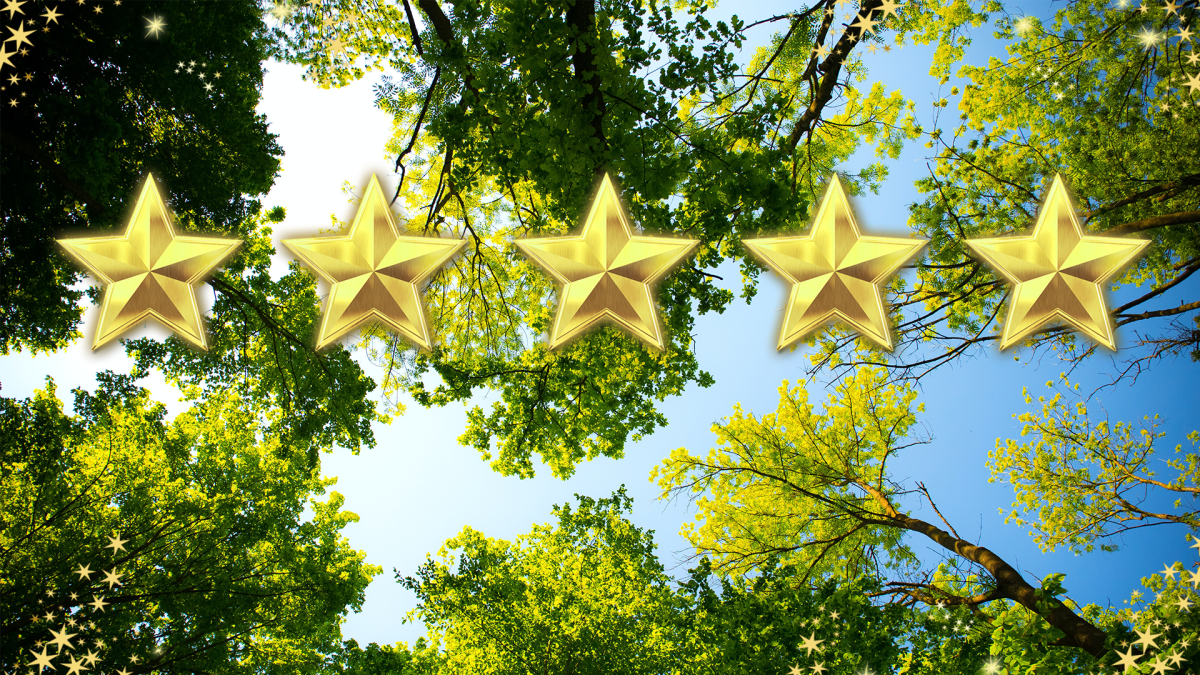
Exploring Plant Life Cycles and Bee Basics! Part 3 of 3
On Day 3, students take their journey to the next level. After gaining insights into plant life cycles and the crucial role of pollinators in the first two days, they now get hands-on and creative. In this activity, students draw the plant life cycle on cups, showcasing their understanding of plant growth. They also plant the seed balls they created on Day 2 in these cups, taking the lessons beyond the classroom. By combining art, science, and environmental stewardship, Day 3 encapsulates the essence of the entire three-day plan. It empowers students to apply their knowledge, fosters a sense of responsibility towards nature, and, most importantly, celebrates their learning in a tangible and meaningful way.
Lesson Grade Level
1st GradeLesson Plan Link/URL
https://docs.google.com/presentation/d/1gkdPzMoNcsB9_4gkzVwCfqPuRbyKzzcF/edit?u…Subject Area
Science Life Science L1: Cells Technology 1. Empowered Learner Engineering S1: Engineering & Global Society English Language Arts (ELA) WritingRelated Content

Ballooning Spider Phenomenon
Lesson Description: In this first-grade lesson, we will learn about the amazing world of spiders! We'll start by exploring the life cycle of a spider, from when it hatches to how it grows and changes

Pocket Creature Build Challenge
In this build challenge, students will work in teams build a small creature out of recycled materials that serves a purpose. This outstanding lesson is easily customizable to engage in various science

Animal Life Cycles: Lesson 5
This is lesson 5 of the Life Science Unit. Students describe the life cycle of a chosen animal through photography or stop animation. This engaging lesson includes optional fiction read-alouds

